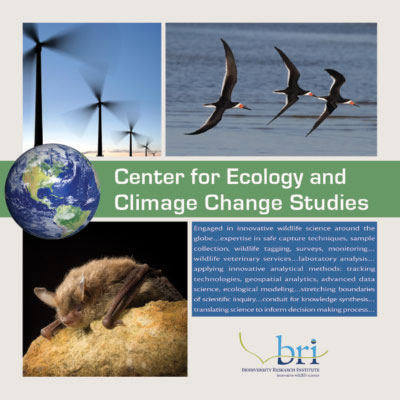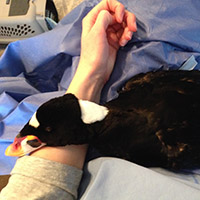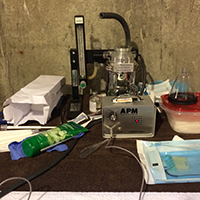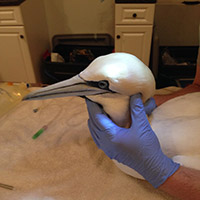Highlighted Species We Study
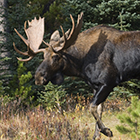
Moose
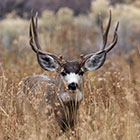
Mule Deer

Common Loon
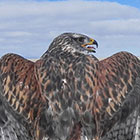
Ferruginous Hawk

Surf
Scoter

White-winged Scoter
“Wildlife Health” is the ability of wildlife to thrive in a changing environment. The health and resiliency of wildlife are influenced by many factors such as genetics, physiological capacity, disease status, exposure to environmental threats and pollution, interactions with human populations, and climate change. Wildlife is thought to be responsible for many of the emerging infectious diseases (EIDs) worldwide. EIDs, introduced diseases, climate change, and pollution continue to impact conservation, public health, and economies.
BRI’s Wildlife Health Program: One Health in Practice
Wildlife Health Monitoring
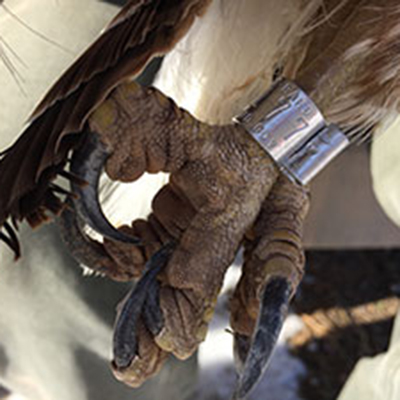
BRI’s veterinarians collect comprehensive baseline health data on the many species we study. This vital information will help wildlife professionals better evaluate the health of free-ranging and captive species. In addition, BRI’s Wildlife Health Program conducts infectious disease surveillance, including viral, fungal, and parasitic infections, to monitor pathogens of conservation and zoonotic concern among wild populations.
Representative projects with a focus on wildlife health monitoring:
- Health assessments of Common Loons across North America
- Development of captive rearing techniques for Common Loon chicks
- Eastern Equine Encephalitis in Maine songbird
- Post-capture hematology, biochemistry, venous blood gas, and lactate values in Red-throated Loons and Northern Gannets wintering in the Mid-Atlantic
- Lead poisoning in Maine’s Common Loons: documenting sources and prevalence
- Monitoring avian malaria in New England
Research Lab: Capabilities

The Wildlife Health Program utilizes in house diagnostic capabilities through BRI’s wildlife pathology and analytical labs.
Research Lab: Toxicology Studies
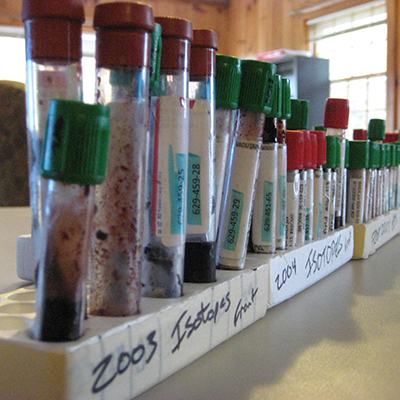
By investigating ongoing and emerging sources of pollutants, BRI is working to preserve the health of ecosystems upon which humans and wildlife depend.
Representative toxicology studies include:
- Air quality and natural gas production in Wyoming: Assessing exposure to volatile organic compounds (VOCs) and health impacts in wildlife
- Comparison of mercury exposure levels in moose from Wyoming, New York, and Maine
- Polycyclic aromatic hydrocarbons (PAHs) and health assessment in wintering Common Loons and Brown Pelicans in the Gulf of Mexico
- Lead poisoning in Maine’s Common Loons: documenting sources and prevalence
Mobile Surgical Capabilities
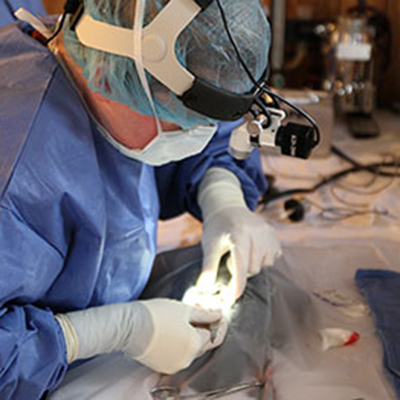
Fully equipped for mobile anesthesia and surgery, BRI’s wildlife veterinarians can offer technical veterinary expertise for wildlife research projects such as satellite transmitter implantations. By providing the highest standard of veterinary care, BRI promotes both ethical treatment of individuals as well as successful research outcomes.
Wildlife Necropsies
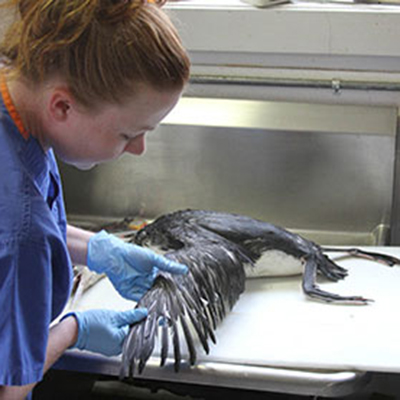
By conducting comprehensive post-mortem examinations, BRI’s veterinarians gather vital data on causes of mortality, disease, toxicology, and overall health status of many wildlife species. This information helps guide conservation priorities and policy.
Information from wildlife necropsies contribute to the following studies:
- Pathology and plastic ingestion in Atlantic seabirds
- Tracking causes of Common Loon mortality
- Lead poisoning in Maine’s Common Loons: documenting sources and prevalence
Wildlife Epidemiology
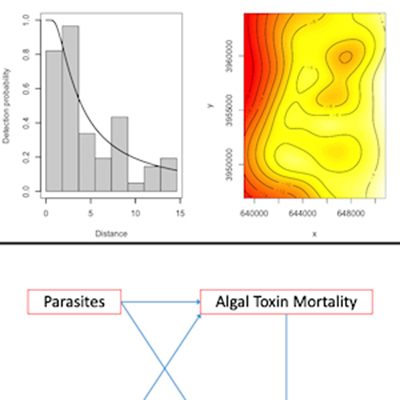
Wildlife epidemiology is the science of understanding health and disease in animal populations (rather than just individual animals). Wildlife epidemiology helps us understand the causes of novel wildlife health problems, determine the importance of health threats to conservation planning and even to understand and manage the risks posed to animal and human health by movement or transport of animals and pathogens around the world.

Photo Credits: Header photo © Maria Jeffs; Study Subjects: Moose and Mule Deer © Ken Archer; Common Loon and Surf Scoter © Daniel Poleschook; © Ferruginous Hawk © Al Hinde; Yellow Warbler © BRI-Ian Johnson; Banded Ferruginous Hawk © BRI- Michelle Kneeland; Toxicology test tubes © BRI- Rick Gray; Mobile surgical unit © BRI; Pathology necropsy © BRI-Vincent Spagnuolo; Lab © BRI; Wildlife Epidemilogy graphics © Tristan Burgess ; Sidebar images:t © Ginger Poleschook; Necropsy © Ginger Poleschook

